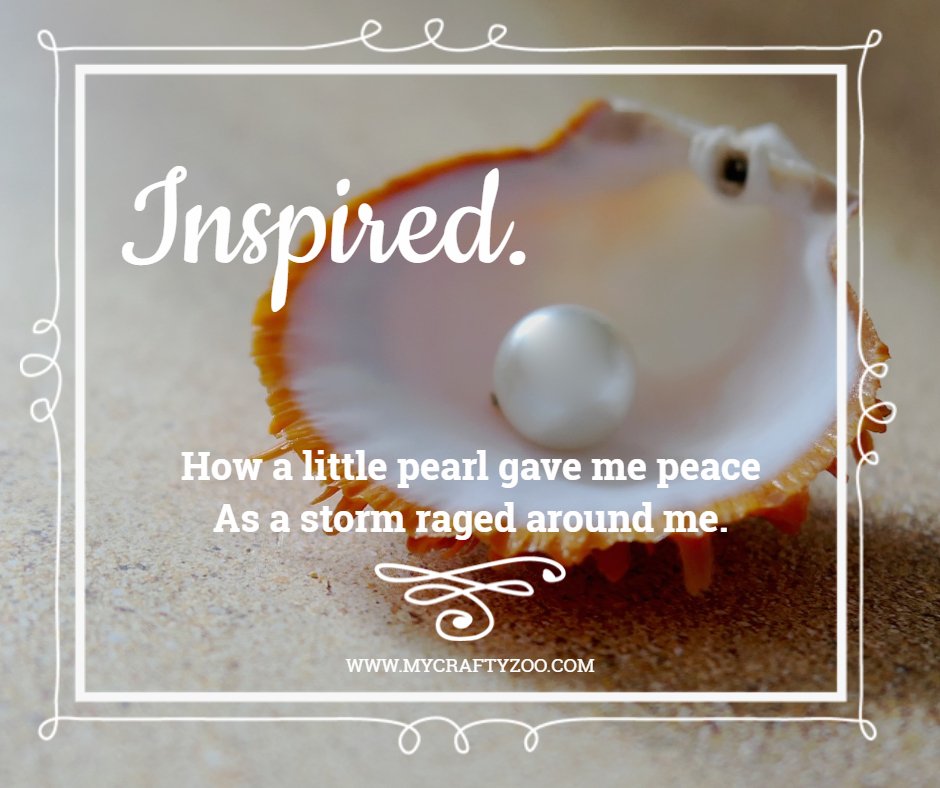A Confession and The Skinny on Plastic
Hey Everyone! Got a little sidetracked, but we’re back with Thankless Tips and Tricks Thursdays! I hope you are enjoying them! I’d love to hear any ideas you have for them! I’ll gladly do the research and find tips and tricks on whatever subjects you suggest!!!
Okay, so I have a confession to make: when I was a teenager, throwing stuff out the window and wasting didn’t even get a second thought. I just did it. No remorse.
Now, that being said I have to also say this. I’m not a believer in the whole global warming thing. I don’t think we have enough of an impact that we are altering the temperature. Well, except in cities with all that asphalt. Anyway, I know that science shows that the earth goes through natural periods of warming and cooling. We aren’t all that powerful in the grand scheme of things.
However, I have become aware of some important things, like we really are wasteful people and we are killing nature. A prime example is the birds nest in my front yard. The bird has used plastic and remnants of a coke can in her nest. How sad is that!?! And that, ladies and gentlemen, is just the first example I get stepping out my front door!
So, this week I’ve decided to post about how long it takes for plastic to break down! Let’s find some ways to re-use them!
PET(E) – This is the easiest plastic to recycle. Add to it that these materials are relatively cheap and you have the perfect container for soda bottles, water bottles, clamshell packaging, potato chip bags, produce bags and several other grocery-type packaging. Actual breakdown time for this type of plastic under perfect conditions can range from 5 to 10 years.
HDPE – This is probably the most recognized recyclable plastic and is used to make detergent bottles, bleach bottles, milk cartons, shampoo and conditioner bottles, motor oil and many other non-food items. These plastics will degrade in just under 100 years depending on the thickness of the plastic used.
PVC – PVC can be found in a number of items from pipes to children’s toys. PVC does not readily degrade and when it does it gives off a number of toxic materials. This is the single worst plastic according to several health organizations. Greenpeace has been lobbying to stop the use of PVC because of the dioxin produced during its manufacture.
LDPE Low – This is what our current plastic grocery bags are made of. If exposed to ultra violet light, these bags have been estimated to break down in as little as 500 years with a conservative average time of 1000 years. If there is no exposure to a light source, say at the bottom of a landfill, the plastic may remain intact indefinitely.
PP – This material is generally found in more permanent capacities such as rope, clothing and performed shower kits. It is highly resistant to photo degradation and will not decay for millennia.
PS – This is the plastic in Styrofoam packaging peanuts, cups, coolers and many other lightweight applications. This type of plastic will break down in under 50 years. The surface area exposed to sunlight will determine the exact rate as the more surface area will mean more photons reaching the plastic and a quicker photo degradation process.
Other Types – This includes anything not in codes one through six. Most plastics in this section do not breakdown and are considered permanently, chemically bonded.




